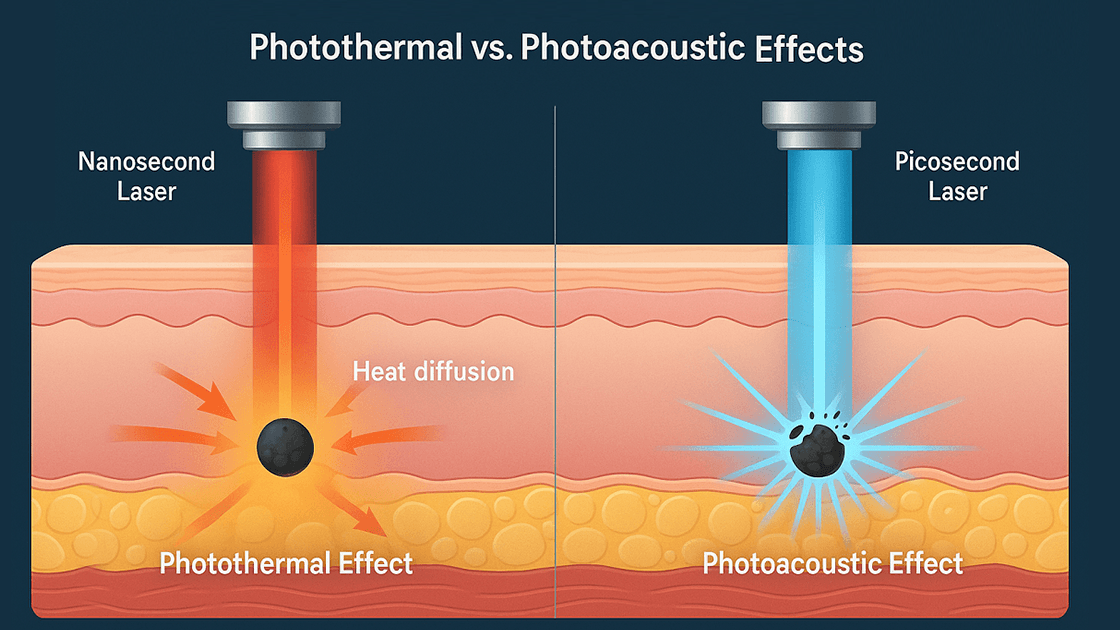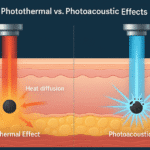The Allure of a Quick Fix
In a world where instant gratification rules, it’s no surprise that laser lipolysis has gained popularity as a quick fix for stubborn fat. The idea of shedding inches with minimal effort is undeniably tempting. After just one session, many people feel a boost in confidence as they notice a difference in their body shape. However, as with all quick fixes, the desire for immediate results can lead to a common question: how often can you safely undergo laser lipolysis?
It’s easy to get caught up in the excitement of seeing initial results, and the temptation to book back-to-back sessions can be strong. But just like anything that promises a rapid transformation, moderation and timing are key. Too much of a good thing can lead to diminishing returns—or worse, potential harm.
Building Endurance: Finding Your Ideal Frequency
Laser lipolysis works by targeting fat cells with laser energy, breaking them down so your body can naturally eliminate them. It’s like running a marathon—your body needs time to recover and adapt after each session. Just as a runner wouldn’t sign up for marathons every weekend, you shouldn’t schedule laser lipolysis treatments too close together.
Finding the right frequency for your sessions is crucial. Typically, professionals recommend waiting at least four to six weeks between treatments. This allows your body to fully process the eliminated fat cells and gives your skin time to adjust to your new contours. By spacing out your sessions, you’re giving your body the endurance it needs to gradually adapt, leading to more sustainable and visible results over time.
Think of it as building up your endurance—pushing too hard too fast can lead to burnout, but pacing yourself ensures you reach the finish line feeling strong and satisfied.
Steady Wins: Your Guide to Safe Laser Lipolysis
When it comes to laser lipolysis, the phrase “steady wins the race” couldn’t be more accurate. While the allure of rapid results is powerful, the true secret to achieving your desired body shape lies in a well-paced and strategic approach.
To get the best results from laser lipolysis, follow these guidelines:
Consult a Professional: Always seek advice from a certified professional who can assess your individual needs and create a personalized treatment plan.
Space Out Sessions: Aim for at least a four- to six-week gap between treatments to allow your body ample time to recover and adjust.
Monitor Your Progress: Keep track of how your body responds to each session. If you notice any side effects or if your progress stalls, adjust the frequency accordingly.
Stay Hydrated and Healthy: Support your body’s natural processes by drinking plenty of water and maintaining a balanced diet and exercise routine.
In summary, laser lipolysis is a powerful tool for body contouring, but like any effective strategy, it requires patience and precision. Rushing the process by scheduling frequent sessions won’t necessarily yield better results—in fact, it could work against you. By embracing a steady, well-paced approach, you’ll maximize the benefits of laser lipolysis and enjoy lasting results that truly make a difference. Remember, in the race to achieve your ideal body, slow and steady wins every time.








